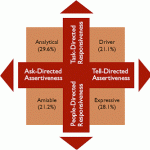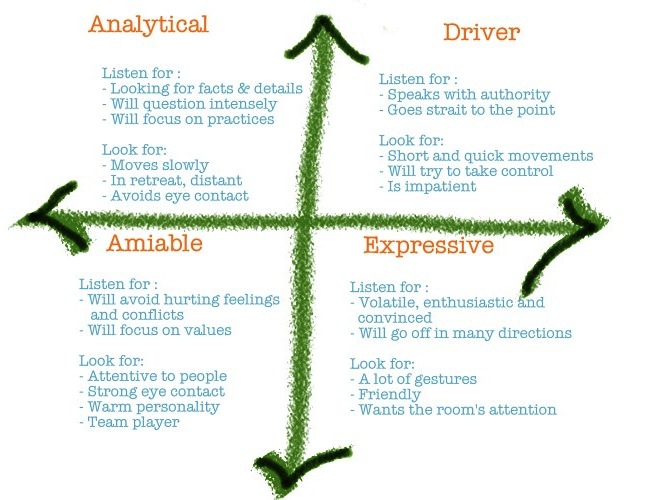

To improve a relationship with someone else, according to the Social Styles model, you need to do two things: recognize the other person’s Social Style and then modify your Social Style in a way that enables reaching a mutual goal efficiently. Does the person tend to ask more questions or tell others what to do?Īnswering those questions, and charting the answers on the graph below, is how you identify a person’s Social Style.Is the person more task oriented or more people oriented?.And it’s pretty easy to figure out what bucket you, or anyone else, fall into by asking the following questions: In short, everyone can be categorized into one of four Social Styles buckets: Driving, Expressive, Amiable or Analytical. “Social Styles” is the name of a particular psychometric instrument that helps people to better understand and work with others through appreciation of their basic decision making and control needs. Being aware of your own social style helps a person develop relationships, particularly at work. “Social style” is the behavior that one exhibits when interacting with others. So what exactly are we talking about when we talk about Social Styles?


ANALYTICAL DRIVER AMIABLE EXPRESSIVE TEST HOW TO
Of all the things I learned in this two-day workshop, the most valuable was the concept of “Social Styles”-what they are, how they differ from person to person, how to recognize them and how to modify behaviors to communicate more effectively with others. The goal of the training is to provide managers with tools and techniques that help them lead teams more effectively and achieve greater productivity.
ANALYTICAL DRIVER AMIABLE EXPRESSIVE TEST SERIES
It’s part of a series of programs Publicis Healthcare Communications Groupe (PHCG) makes available to its employees to help them develop leadership skills. This post reviews the concept of Social Styles and how to leverage them for improved communication and collaboration in a team work environment.Ī couple weeks ago I went to a leadership development training hosted by Wilson Learning called Leadership Foundations II. If you work with people and/or manage people that you find difficult to deal with, keep reading.


 0 kommentar(er)
0 kommentar(er)
